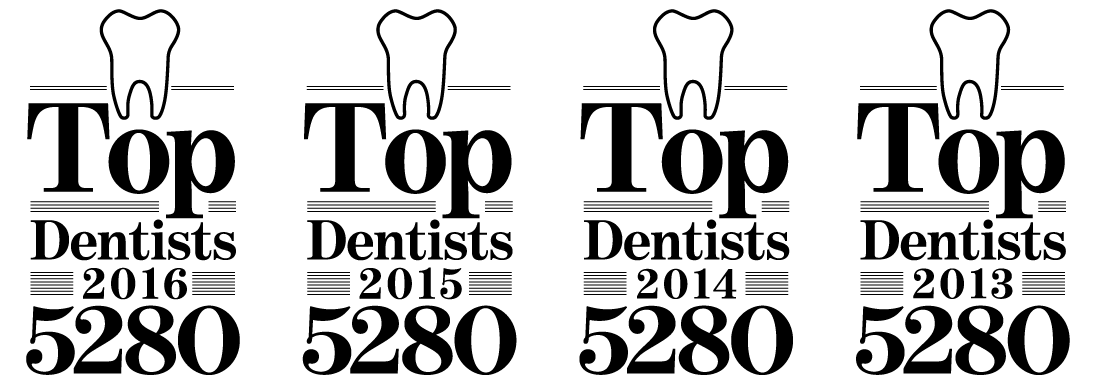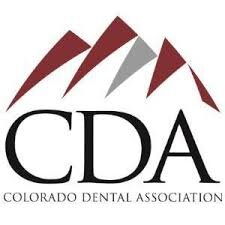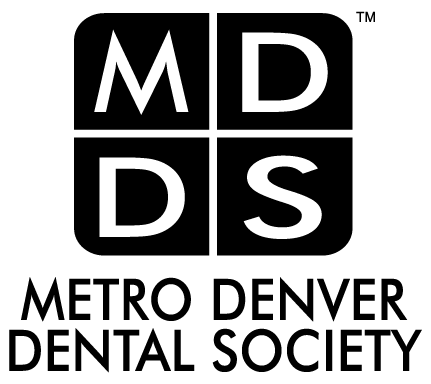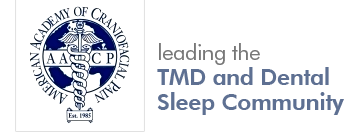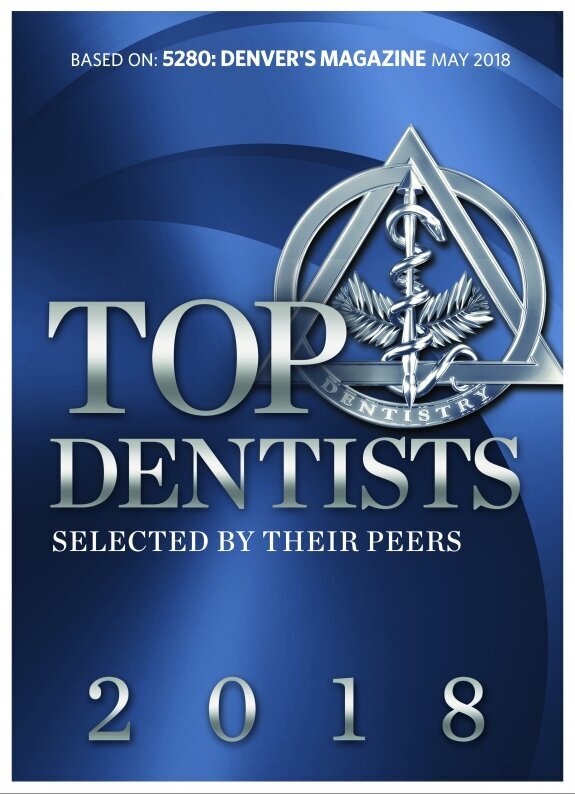Common Dental Conditions We Treat
Toothache
“Toothache" usually refers to pain around the teeth or jaws primarily as a result of a dental condition. The severity of a toothache can range from chronic and mild to sharp and excruciating. The pain may be aggravated by chewing or by cold or heat. A thorough oral examination, which includes dental X-rays, can help determine whether the toothache is coming from a tooth or jaw problem and the cause.
Broken Tooth
Teeth usually break as a result of trauma — from biting down on something hard, for example, or from a blow to the face. If a large piece of the tooth breaks off, it can hurt because the nerve inside the tooth may be damaged.
TMJ Disorder
Temporomandibular joint disorder (TMJD or TMD), or TMJ syndrome results when there is inflammation of the joint connecting your jaw to your skull and its surrounding muscles and other structures. It causes pain when chewing or opening and can result in headaches, neck and facial soreness. We have several approaches to this problem depending on the root cause.
Tooth Decay
Tooth decay is the process that results in a cavity. It occurs when bacteria in your mouth make acids that eat away at a tooth. If not treated, tooth decay can cause pain, infection, and tooth loss. You can easily prevent tooth decay by brushing and flossing your teeth regularly, seeing your dentist for teeth cleaning and checkups, and avoiding foods that are high in sugar.
Periodontitis
Periodontitis is inflammation and infection of the ligaments and bones that support the teeth. Loss of support causes the teeth to become loose and eventually fall out. Periodontitis is the primary cause of tooth loss in adults. This disorder is uncommon in childhood but increases during adolescence.
Gingivitis
Gingivitis is a term used to describe reversible periodontal disease in which the gum around a tooth is inflamed. Research now shows a relationship between inflammation and several other serious diseases like cardiovascular disease and diabetes. The most common form of gingivitis is in response plaque on the tooth’s surface. Without treatment, gingivitis may progress to periodontitis, which can result in tooth loss.
Bruxism – Tooth Grinding
Tooth Grinding is typically accompanied by the clenching of the jaw. In most people, bruxism is mild enough not to be an acute health problem; although the long-term effects of the resulting tooth wear can be serious. It most often occurs during sleep and is the most common sleep disorder.
Oral Cancer
Oral cancer most commonly involves the tissue of the lips or the tongue. It may also occur on the floor of the mouth, cheek lining, gums or roof of the mouth (palate).
Smoking and other tobacco use are associated with 70 - 80% of oral cancer cases.
Use of chewing tobacco or snuff causes irritation from direct contact with the mucous membranes.
Heavy alcohol use is another activity associated with increased risk for oral cancer.
Other factors that increase the risk of oral cancer include poor dental and oral hygiene and chronic irritation.
About 25% of oral cancers occur in people without the above risk factors.
By the time oral cancer can be visually detected, it is often quite advanced, making early detection difficult and crucial.
Oral cancer accounts for about 8% of all malignant growths. Men get oral cancer twice as often as women do, particularly men older than 40.
Mouth Ulcers
A mouth ulcer, oral ulcer, or canker sore is an open sore inside the mouth. Once formed, the ulcer may be sustained by inflammation or infection. Cold sores around the lip are usually caused by viruses.
Cold Sores
Cold sores, sometimes called fever blisters, are groups of small blisters on the lip and around the mouth. The skin around the blisters is often red, swollen, and sore. The blisters may break open, leak a clear fluid, and then scab over after a few days. They usually heal after several days to 2 weeks.
Tooth Sensitivity
Tooth sensitivity is tooth discomfort that is triggered by hot, cold, sweet, or sour foods and drinks, or even by breathing cold air. The pain can be sharp, sudden, and shoot deep into the nerve endings of your teeth. It sould be noted that some toothpastes are highly abrasive. Highly abrasive toothpastes can increase sensitivity and strip away enamel. Click here to see an index of common toothpastes' abrasion. Brands that we recommend and carry are denoted with an asterisk.
Halitosis (Bad Breath)
Halitosis is a term used to describe noticeably unpleasant odors exhaled in breathing. Halitosis has a significant impact — personally and socially — on those who suffer from it and is estimated to be the third-most-frequent reason for seeking dental aid, following tooth decay and periodontal disease.
Gum Recession
Receding gums refers to exposure in the roots of the teeth caused by a loss or pulling back of gum tissue from the teeth. Gum recession is a common problem in adults over the age of 40, but it may also occur starting from the teens.
Tooth Wear
Tooth wear is a loss of tooth structure, which typically falls into three main categories: abrasion, attrition and erosion. While tooth abrasion and attrition are caused by mechanical reasons (grinding, brushing, clenching and general age-related wear), tooth erosion is a non-bacterial process which begins when the tooth is exposed to the acids in foods and beverages.
Raabe Family Dentistry is committed to helping you prevent dental problems and contributing to your overall wellness. Please contact us for more information or make an appointment to come in to the office.


